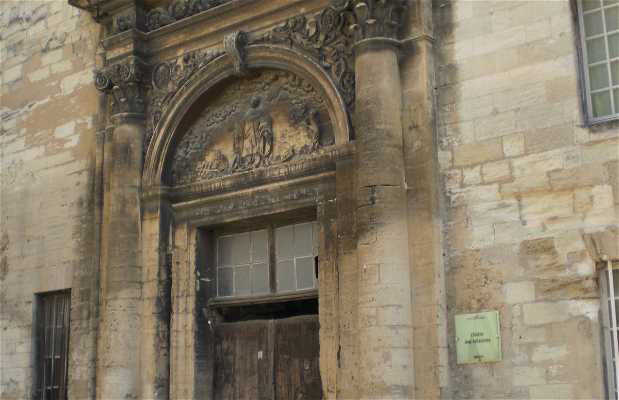paulinette
Initially, this place was a cemetery...
Al inicio, en este lugar había un ...
Al inicio, en este lugar había un cementerio para la gente pobre de la ciudad. Pero se decía que una de las tumbas hacía milagros. Era la de Pedro de Luxemburgo, un cardinal de iglesia muerto en 1387. En esta plaza los monjes Célestins construyen en 1395 un monasterio fundado por el rey Carlos VI. Las obras paran en 1424 por falta de dinero. La nave no se termina, y se cierra por una simple pared. La tumba del santo se traslada y se adorna de una capilla perpendicular a la iglesia.
La capilla recibe los restos de Saint Bénezet, un santo de la ciudad, y del Papa Clemente VII. Es una de las más bellas de la ciudad en el siglo XVIII. Pero la destruyen durante la revolución francesa. Ahora el claustro recibe cada año el festival de teatro de Avignon para unas cuantas obras artísticas.
Initially, this place was a cemetery for the poor of the city. But it was said that one of the tombs miracles. It was that of Pierre de Luxembourg a church cardinal died in 1387. In this square Celestine monks built a monastery founded in 1395 by King Charles VI. Work stopped in 1424 due to lack of money. The ship is not finished, and is closed by a single wall. The saint's tomb is decorated moves and a perpendicular to the church chapel. The chapel receives the remains of Saint Benezet, a saint of the city, and Pope Clement VII. It is one of the most beautiful city in the eighteenth century. But destroyed during the French Revolution. Now the cloisters receives each year the Avignon theater festival for a few works of art.



